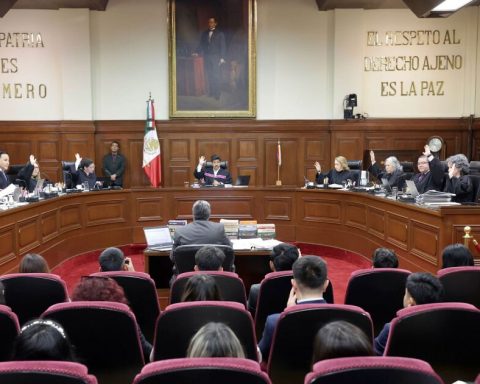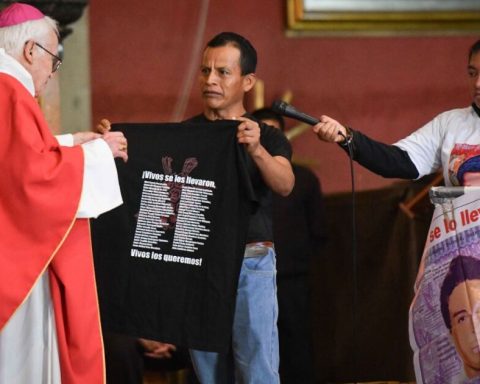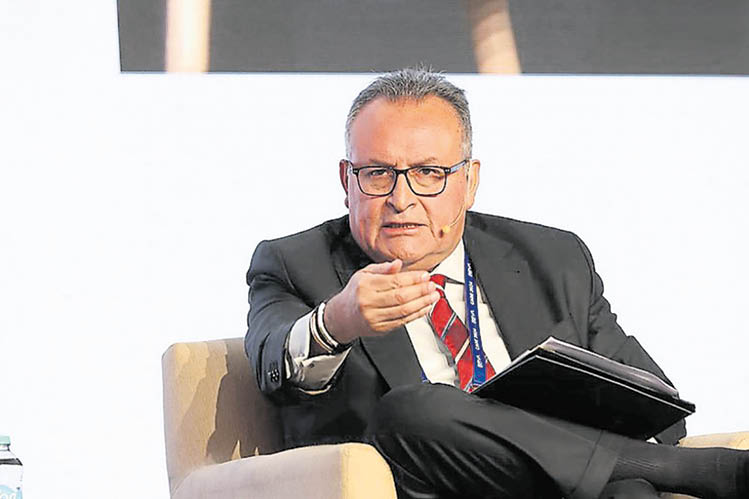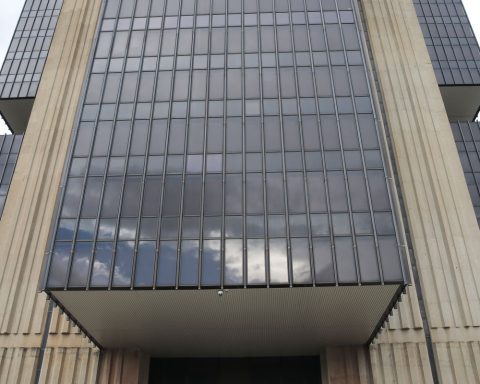The Cetes generated a lot of interest in recent years due to the high return on investment they offered, especially in 2023 when the interest rate reached historical highs.
The Afores took advantage of the high rates by investing up to 30% in additional Siefores, which are a “basket” in which workers’ voluntary savings are invested.
In the additional Siefores, double-digit Cetes were invested until last May, a month before Banco de México made a second cut in the interest rate.
But after the recent cuts that the Bank of Mexico has made to the reference rate, the Siefore 50-59 stopped investing in these instruments while the 90-94 began investing in these instruments starting last August.
The Siefore 50-59 is that of those people who were born between 1950 and 1959, that is, people whose investment has to be more conservative.
One of the reasons why the Afores are losing their appetite for the Afores is that they are short-term investments while the Afores manage resources thinking about the long term.
“Our commitments to clients are long-term and the yield curve has its dynamics based on inflation growth expectations,” highlighted Emilio Bertrán, general director of afore SURA.
The manager explained that the bonds have longer investment terms and are preferred by the Afores.
















